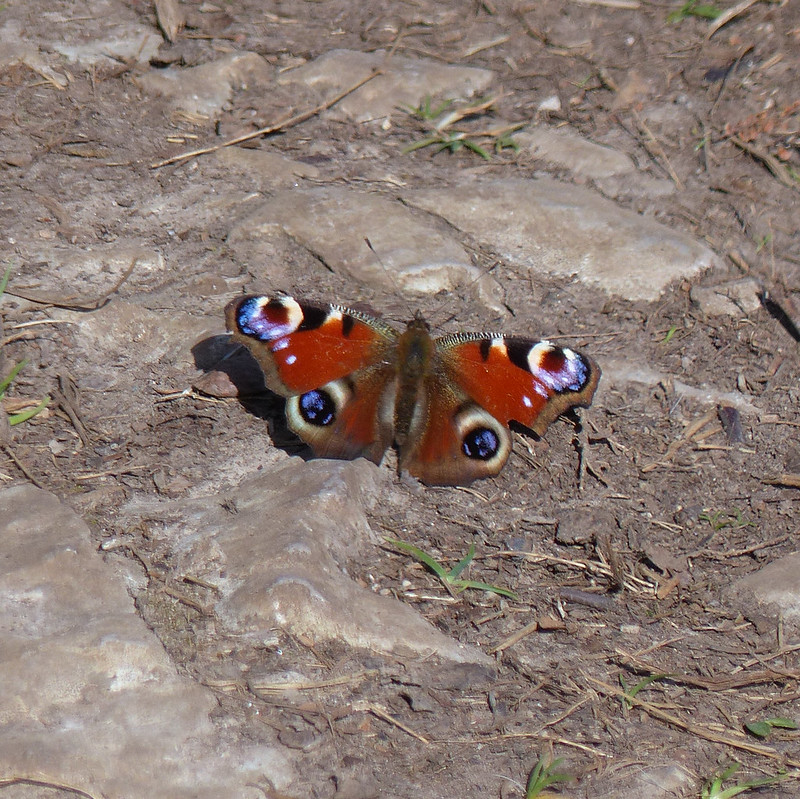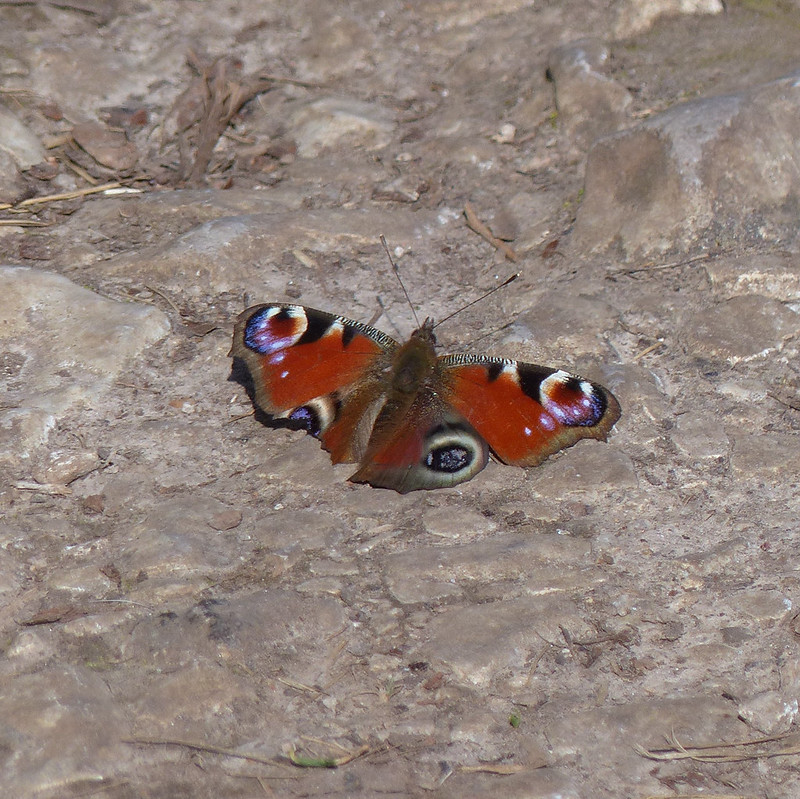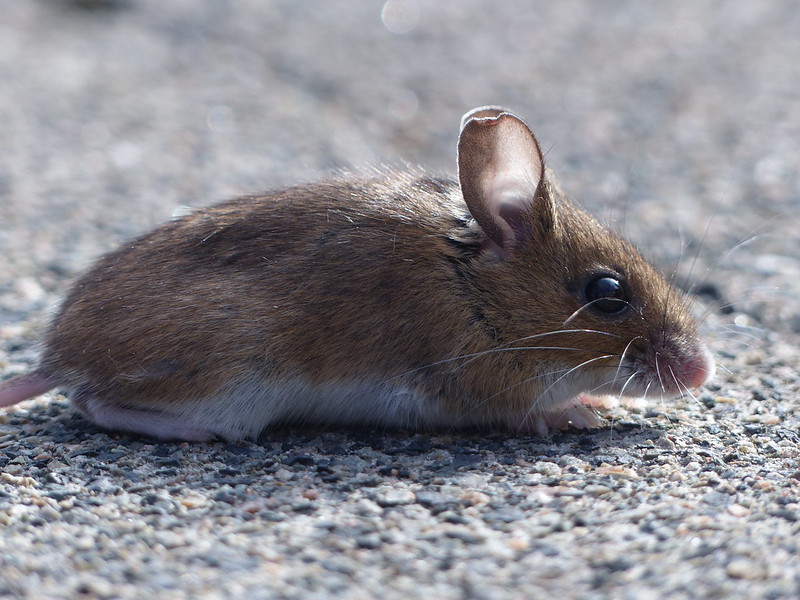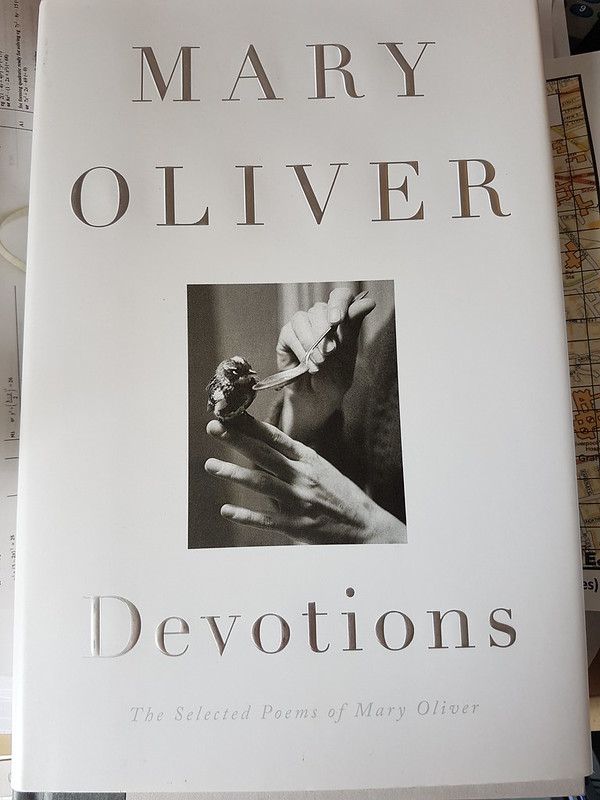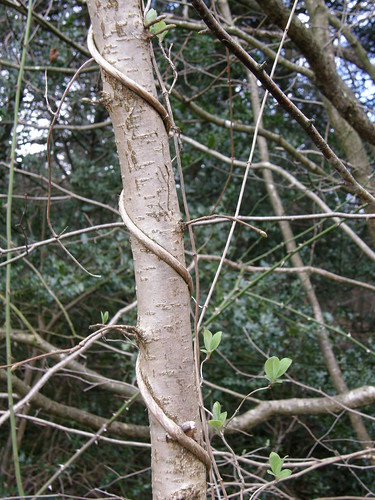Spoiler: Dad (and anybody else who doesn’t like rodents) mouse pictures imminent later in this post.
Peacock butterfly.
There’s a section of Inman’s Road where the sun gets through the canopy and warms the stones of the track. It seems to be a popular spot with butterflies. Strangely, despite their flashy colours, I often don’t see them until I’ve got too close and one of them takes to the wing. And once one lifts off, they all go.
Another peacock.
There then ensues one of those, for want of a better phrase, butterfly dances, in which the assembled Lepidoptera swirl around each other in a merry waltz. Or is it merry? I can never decide whether the dance is an expression of aggression, curiosity, amour, or sheer joy, perhaps, at the end of lockdown hibernation.
“Where do I live? If I had no address, as many people
do not, I could nevertheless say that I lived in the
same town as the lilies of the field, and the still
waters.”
“I ask again: if you have not been enchanted by this adventure – your life – what would do for you?”
There was some doubt, I believe, about the future of these Exmoor ponies who, for years, have been used for conservation grazing at Gait Barrows. Apparently their services are no longer needed, but fortunately a new home has been found for them. You could say that they’ve been put out to grass.
No?
So – what about my so called lockdown aspirations? Lets deal with an easy one – have I caught up with my blog? Well, yes and no: at the outset, I was still writing about last summer’s holiday, so things have definitely moved on.
But since I’m out walking and taking photos just about every day, new material is accruing at much the same rate as I’m posting it. I suppose one way to look at it is that I’m close to reaching an equilibrium, which doesn’t sound like a bad place to be.
The Bay post sunset.
“And consider, always, every day, the determination of the grass to grow despite the unending obstacles.”
Wood mouse (Apodemus sylvaticus), also know as a Field Mouse. The white belly, large back feet (for jumping) and general cuteness differentiate this from a House Mouse.
The wood mouse is the most common species of mouse in Britain. Very common in our garden judging by the number the cats leave lying around in the house. This one had a lucky escape, I rescued it from the cats and persuaded it to shelter in a cereal packet, before releasing it onto our patio. Understandably, it was terrified and I was able to take some photos before it ran off.
All winter, it’s been evident that something or other was burrowing in our compost heap. The size of the holes had me convinced that it must be rats, but subsequently I’ve found a few bedraggled wood mice corpses near the compost, so maybe they were the culprits.
A few days after I rescued this little chap, I found another one in the house. (Or perhaps the same one?) B and I tried and failed to catch it. In the end, the whole family were enlisted. It got behind some bookcases – we had to unladen three large bookcases, and move them. The mouse was still too quick for us, but we had it surrounded, and staked out the desk it had nipped behind. B, armed with a feather duster, flushed it out and S dropped an ice-cream tub over it. We re-wilded the perisher and then all we had to do was move all of the furniture back into place and try to work out how to get the contents of the shelves back into place, although it was evident to all that we somehow now had at least four bookcases worth of books, maps, craft items, correspondence, shoe boxes full of who knows what etc to ram back in.
A Sunday evening to remember!
I realise, a little belatedly, that I’ve posted about my birthday, and mentioned my birthday presents, without having said anything about the gifts I received at Christmas. Principally, I got to spend time with family, which now seems even more important than it did at the time. But I also asked for a couple of things. And just to make sure that the message didn’t get garbled, having asked, I ordered them online for good measure. If a thing is worth doing….
There were just two items: a CD, ‘Doggerel’ by Fontaines DC, of which more at some point I’m sure, and a book, ‘Devotions’ the selected poems of Mary Oliver.
It was a comment on this blog which first alerted me to the poetry of Mary Oliver. It took me a while to track that comment down, but it was on this post. And Moira, I don’t know if you are still reading, but I hope that you are well and coping with the vicissitudes of lockdown, and you should know that I am extremely grateful for the nudge you gave me.
For the purposes of this post, wanting something suitable to quote, I opened a page at random in the book and found the poem ‘Evidence’. All of the quotes, and the title, come from that.
“I believe in kindness. Also in mischief. Also in
singing, especially when singing is not necessarily
prescribed.”
Which brings me to:
Back in March, I was involved in a marvellous project, ‘These Hills Are Ours’, which involved climbing Clougha Pike from Morecambe seafront, as part of a volunteer choir and singing a specially composed song. I expected today’s blogpost to be about that walking and singing, but the film of the event is still under wraps, so I’m biding my time.
However, the week before, a group from Stockton had done much the same thing, climbing Roseberry Topping and that’s them in the film.
Two more walks, in London and Devon, were envisaged, but I suspect the coronavirus may have put a stop to those.
Some links to the creatives…
Daniel Bye who wrote the words.
Boff Whalley who wrote the music.
and Bevis Bowden who made the film.
It’s only now that I’ve realised that Boff was lead guitarist in Chumbawumba, which for most people, I know, means the one-hit wonder Tub-thumping, but I was more than a bit obsessed, for quite some time, with their first album, the snappy title of which should appear below in the video. The phrase “it’s a nice sound, it’s a happy sound and it’s not doing anybody any harm” became a bit of standing joke for me, my brother and our flat mate S.
They did make other records, but there was a long hiatus before the second, and by then I had literally moved on, started teaching and somehow it passed me by. Maybe I’ll delve into their archive now.
Oh, and I almost forgot about yesterday’s quiz question. It was, of course, Rockafeller Skank, by Norman Cook aka Fatboy Slim:
It’s a nice sound, it’s a happy sound…..
